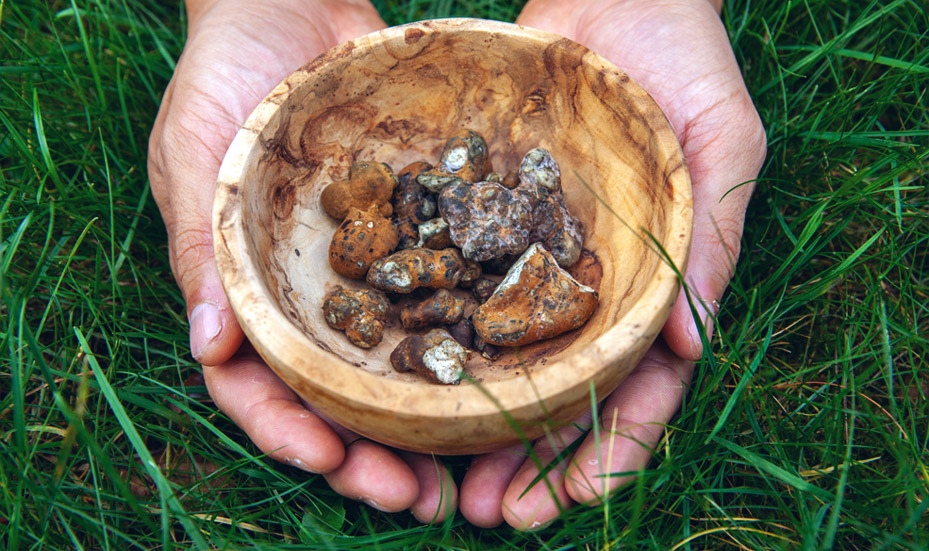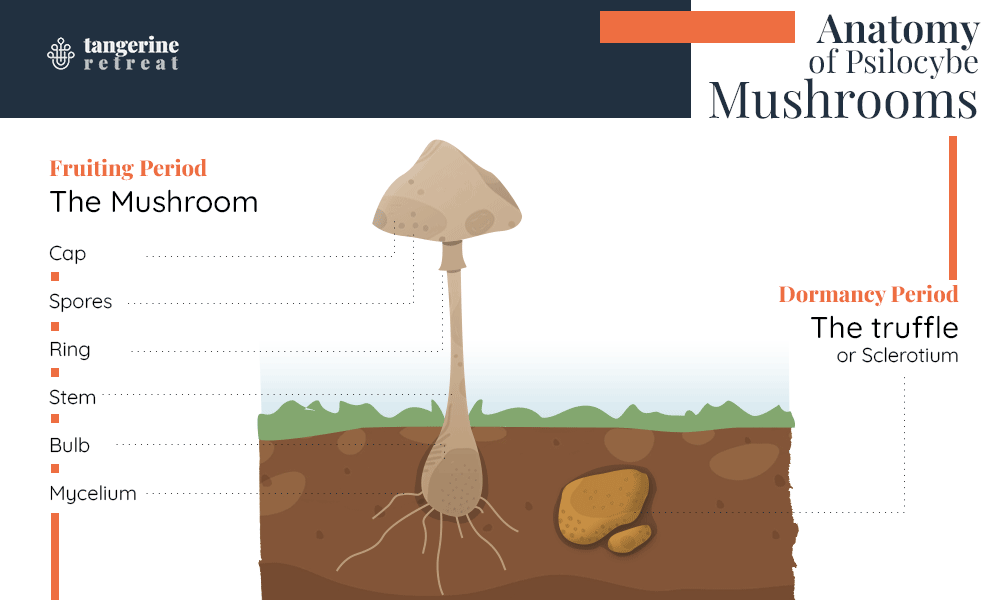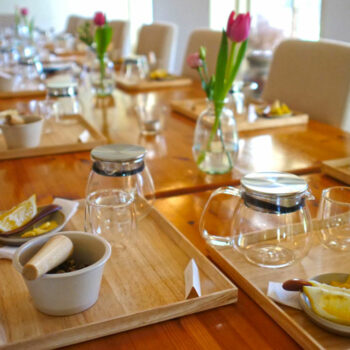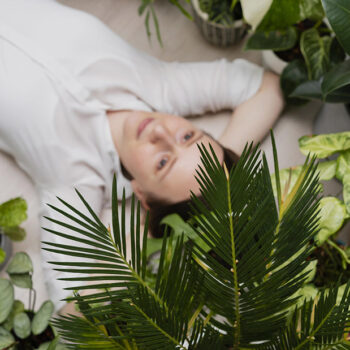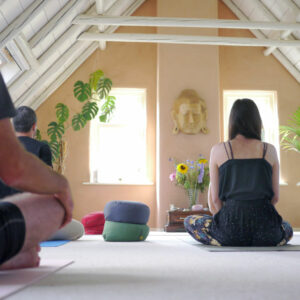Magic truffles? At first glance, the term might conjure images of a gourmet dish or a rare mycological curiosity. But that couldn’t be further from the truth. Psychedelic substances, altered states of consciousness, a scientific revival in full swing… this is a world far removed from the kitchens of top chefs.
Psilocybin truffles are in fact the underground cousins of so-called magic mushrooms. Considered ancient remedies by some and risky substances by others, they occupy a unique space at the crossroads of alternative culture, science, and spirituality.
In this guide, we set aside the clichés and return to the facts: What exactly are these truffles? How do they affect the brain? What are the different types, uses, and effects? What is their legal status? And why are they now at the centre of a new conversation between medicine, consciousness, and the natural world?
Magic truffles: a different form of mushroom?
Underground formations known as sclerotia
The term “magic truffle” refers to a sclerotium — a compact mass of mycelium produced by certain fungi when conditions are not favourable for fruiting.
It is neither a fruit nor a root. It’s more like a subterranean “survival capsule” that the fungus forms to safeguard its growth potential.
Sclerotia develop slowly, sometimes over several months. They are nutrient-rich and can be harvested even if the fungus hasn’t produced a sporophore (the familiar mushroom that appears above ground). This gives them a distinct legal status in some countries.

